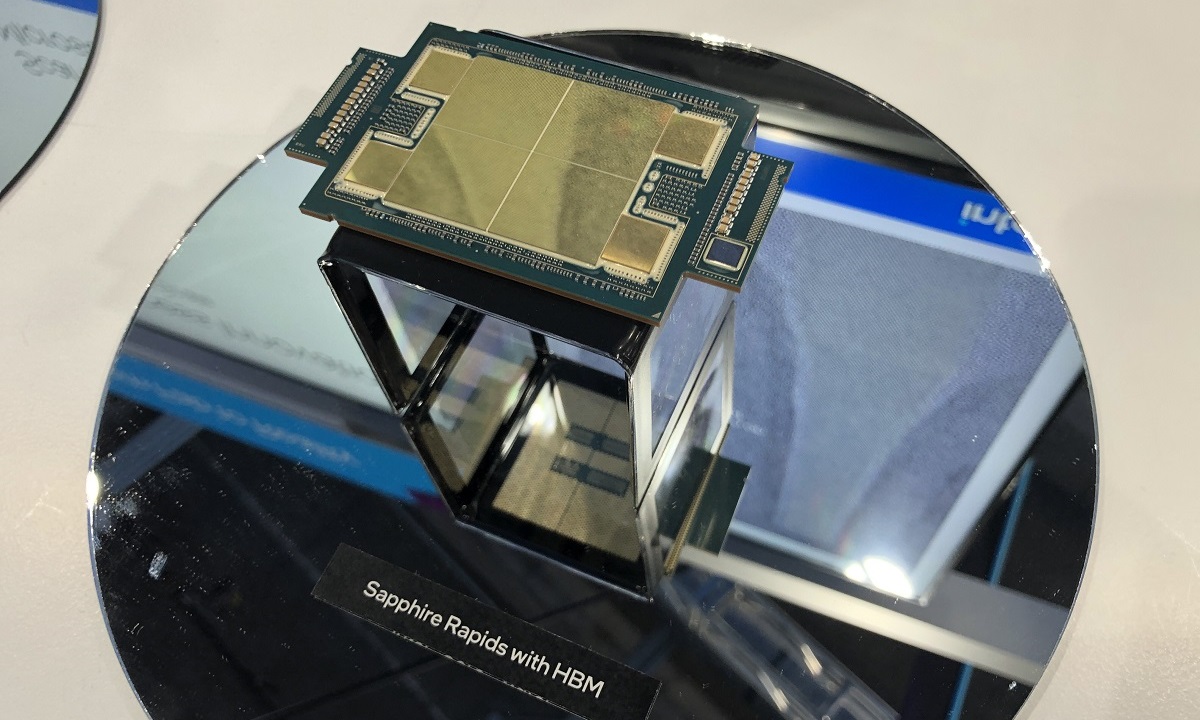
The Zen 4 architecture will give life to the new AMD EPYC processors, known as Genoa, and successors to the current Milan. Unlike what happened in previous generations, both will coexist for a whilewhich will allow companies to choose between one range and another depending on their needs and their budget, which seems to me to be a success on the part of AMD.
With Zen 4, AMD has repeated its commitment to the chiplet, and has introduced improvements at the level of performance, security and efficiency that have made EPYC Genoa the most powerful processors for servers and data centers that exist today. Its performance value per watt consumed is also excellent, and this is a very important value when upgrading, since it translates into savings that will facilitate the amortization of the investment made.
Intel, for its part, is working on Sapphire Rapids, a new generation of high-performance processors that will be brought to the market in January 2023, and that will also adopt a chiplet-based design, although with a different configuration from the one it has come using AMD. It will only integrate four chiplets, which translates into a higher core density per chipletand these will go close together to minimize latency issues.
The Sapphire Rapids series will be based on the Golden Cove architecture and will have a maximum of 60 cores and 120 threads. This may seem little compared to the 96 cores and 192 threads from EPYC Genoa, but we must remember that Intel is going to integrate a series of specific accelerators, and that these will help it compete with the new AMD chips. Among the most important we can highlight the AMX matrices (advanced matrix extensions), which accelerate recommendation engines, natural language processing (NLP), image recognition and other artificial intelligence tasks.
I think this is going to be a very interesting fight, and not only from a technical point of view, but also at a design and microarchitecture level. Sapphire Rapids is going to have a high IPC and high core count, but at the same time it’s going to be more about specialization, while EPYC Genoa is going to be a more traditional performance-focused bet, on raw power, and offer a huge number of threads per CPU. We’ll see who gets the best result.




